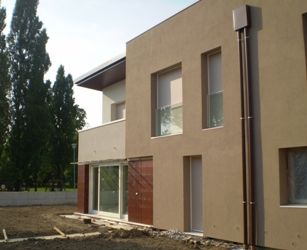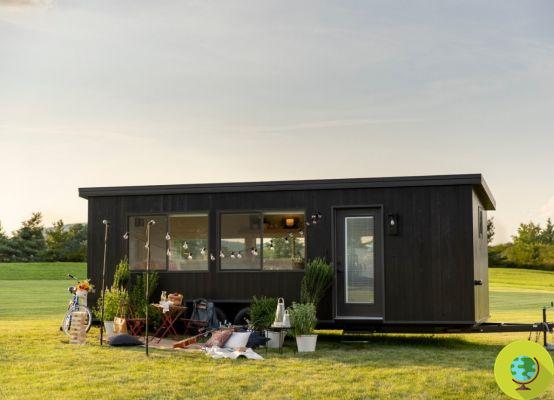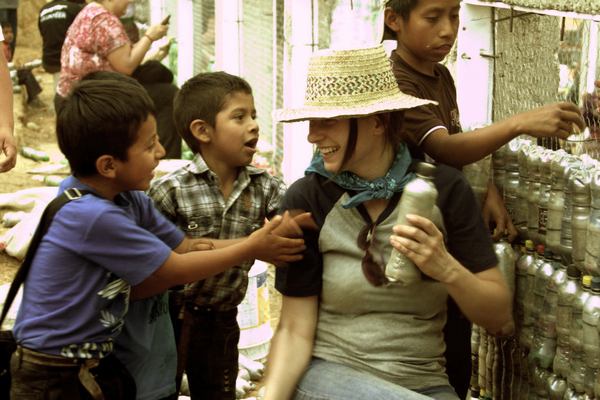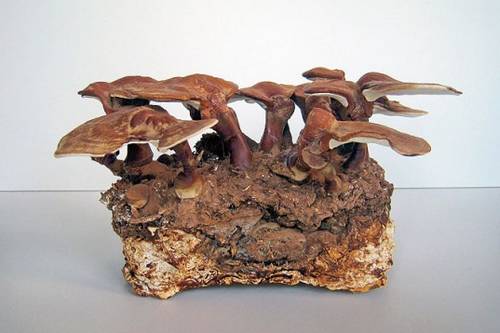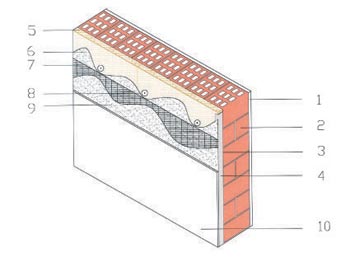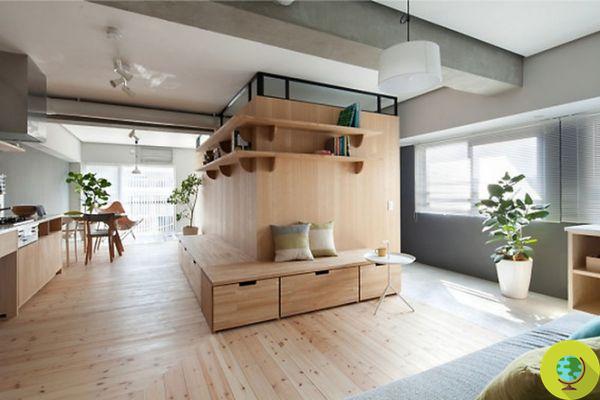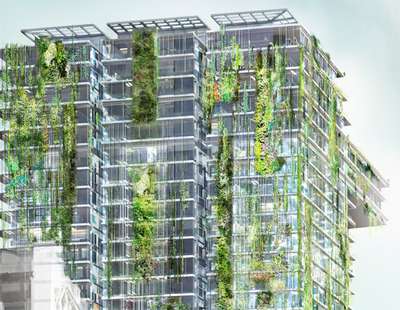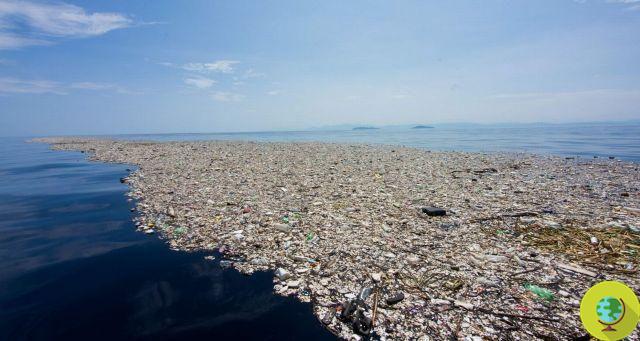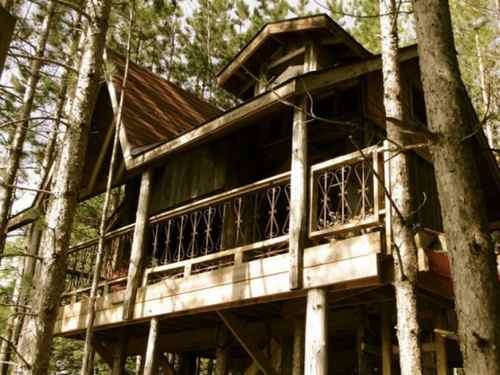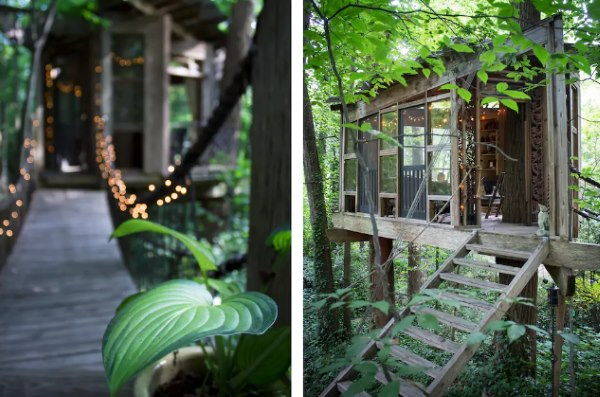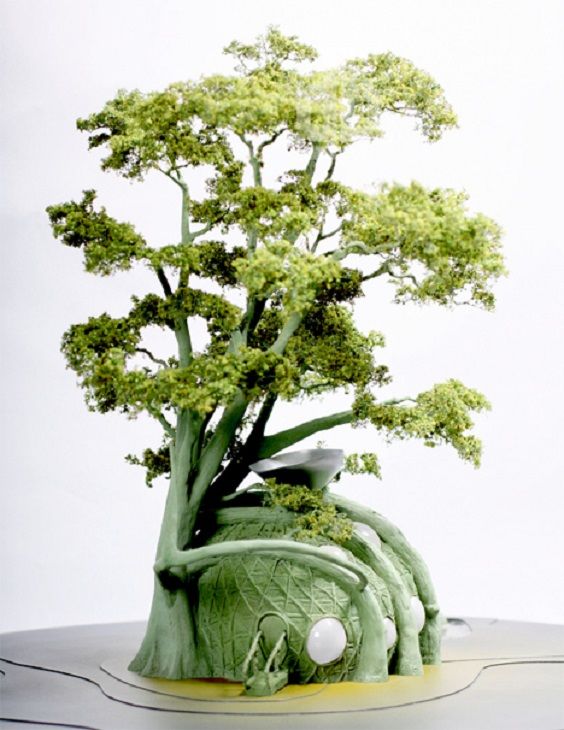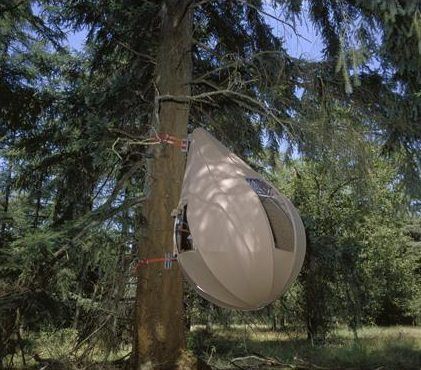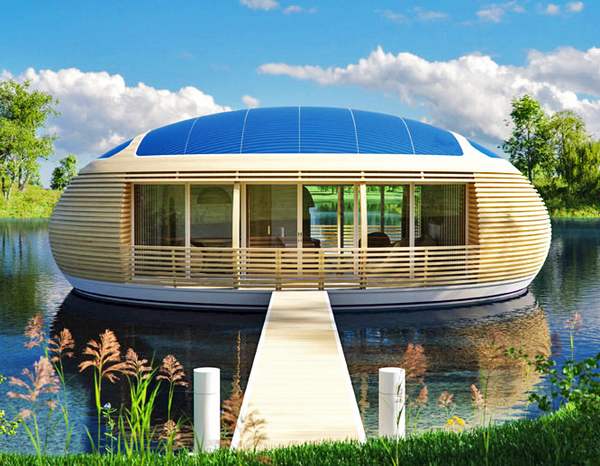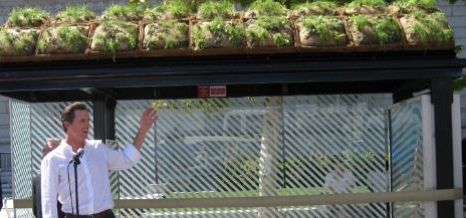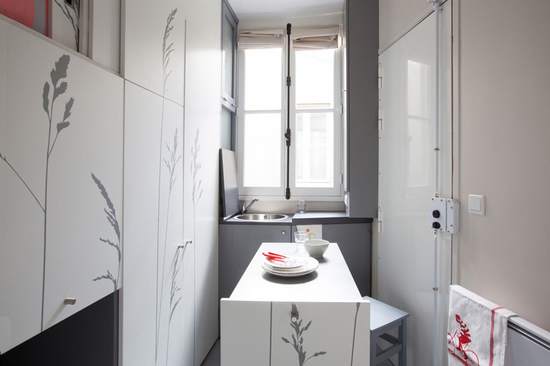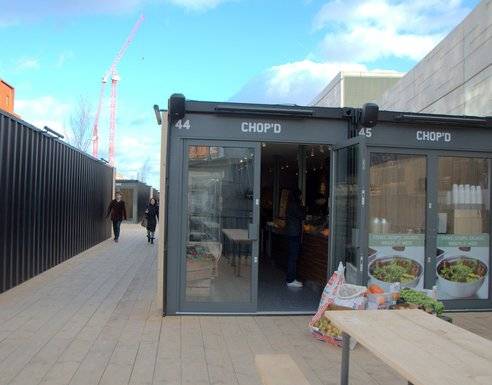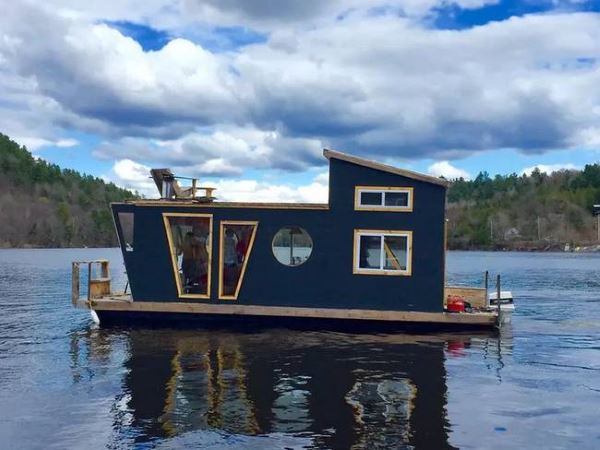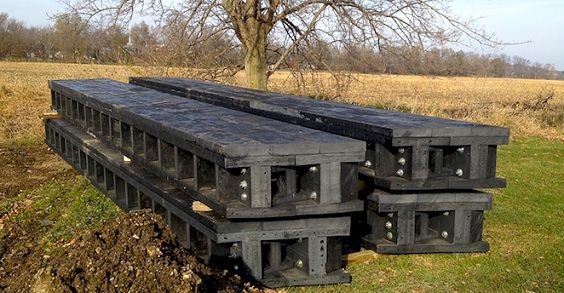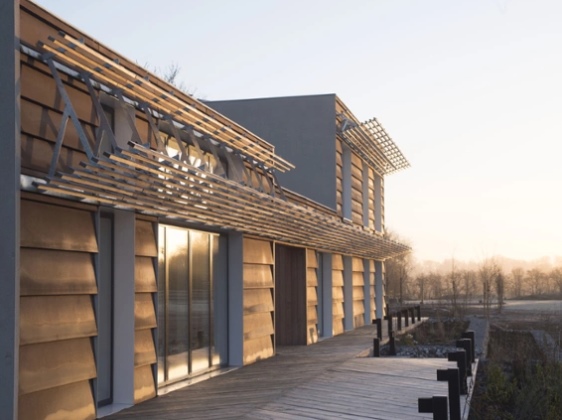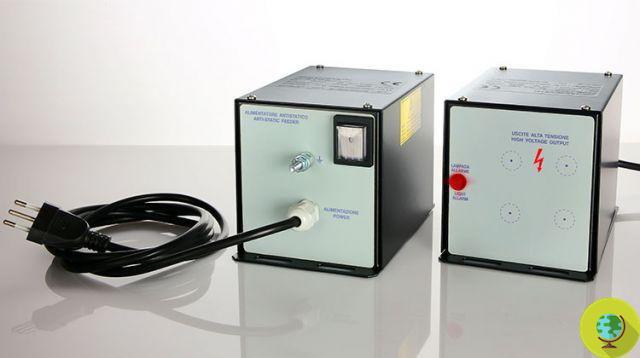
Researchers at the University of Bath are studying the natural properties of bacteria for the development of sustainable drywall
He is about to end up run over, his mother saves himResearchers at the University of Bath are studying the natural properties of bacteria, which could be useful in the development of a new type of environmentally friendly plasterboard
The researchers of the Adaptavastate start-up have always been involved in the design and production of sustainable building materials. To realize theirs biodegradable plasterboard, for example, they use agricultural waste instead of traditional plaster: the material is thus lighter but at the same time offers higher levels of thermal and sound insulation than traditional plasterboard.
Now the University of Bath microbiologists are collaborating with the company to optimize the properties of this eco-plasterboard using a technology that harnesses the work of bacteria. If these experiments are successful, the new drywall could begin to be mass produced and used for multiple purposes.
(Read also: Wooden houses and green building: the growing market that thinks sustainable)
Biofilms are formed when bacteria join together to cover a surface in an orderly manner, without clumping together in 'clumps' - explains the professor Suzanne Gebhard, who led the research. - We are trying to understand if we can take advantage of the natural ability of bacteria to form biofilms that can act as a glue to improve the physical properties of biodegradable building materials.
Gypsum is the third most popular building material in the world, responsible for around 3% of carbon dioxide emissions in the atmosphere every year. It is extracted from mines or made from the scraps of coal-fired power plants, and producing it is becoming more and more expensive; furthermore, being based on calcium sulphate, it must be used (and disposed of) carefully, so that it does not harm the environment. That is why it is necessary to find an alternative to its use as soon as possible that is more sustainable, cheaper, but which maintains the same strength and structure properties as common gypsum.
Follow us on Telegram | Instagram | Facebook | TikTok | Youtube
Fonte: University of Bath
We also recommend:
- Created low cost battery for electric cars that recharges in 10 minutes
- Sustainable construction: to have a green thermal insulation the secret is in the nanocellulose




